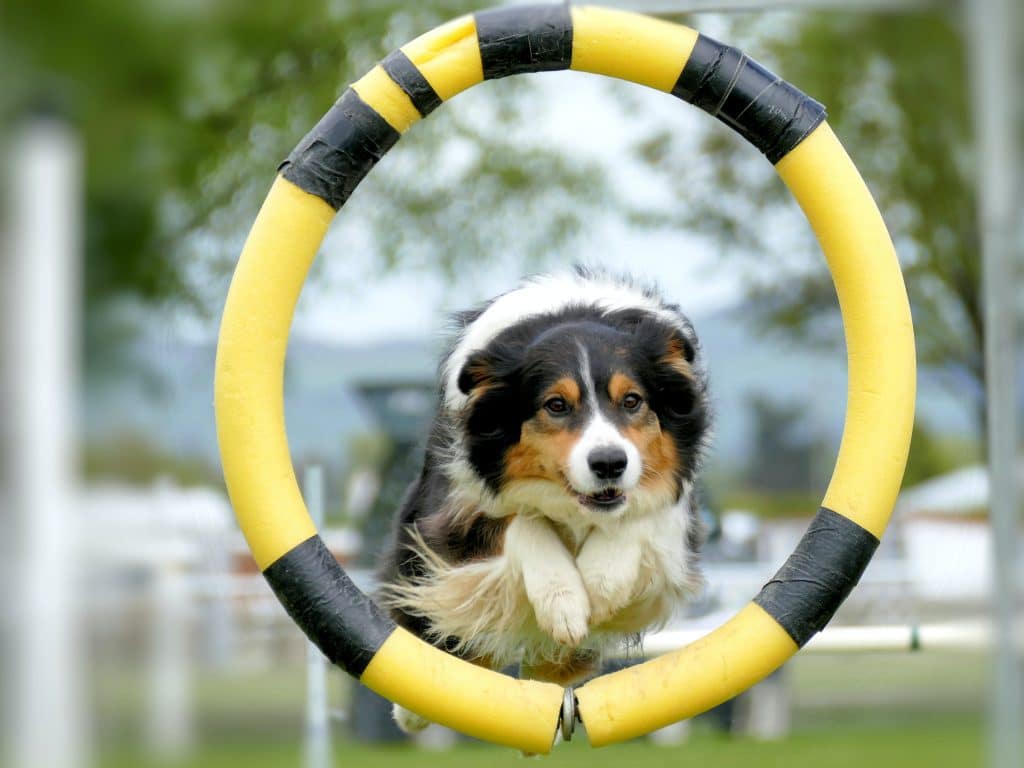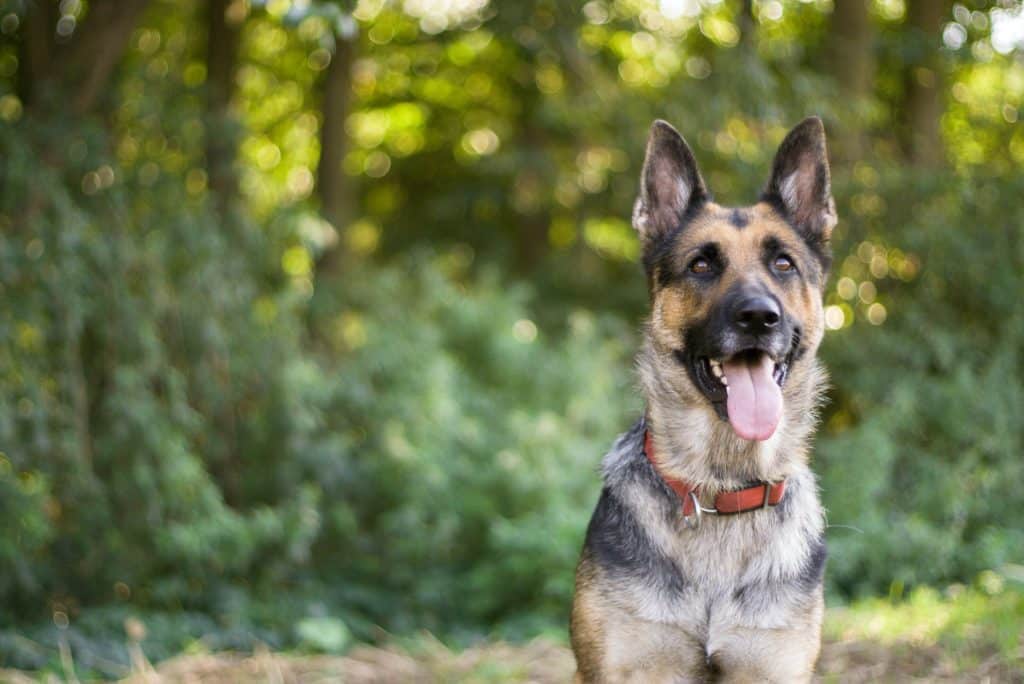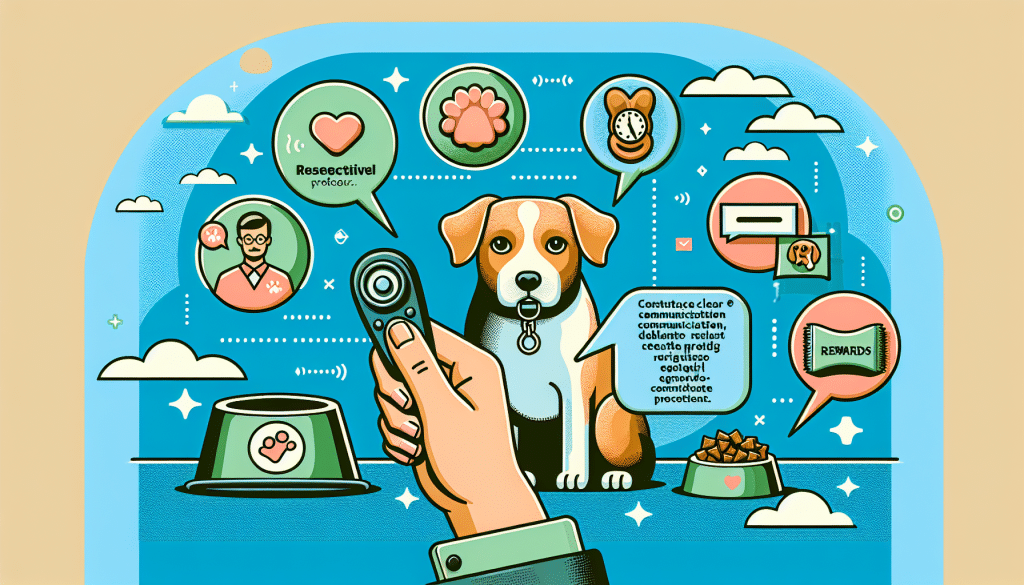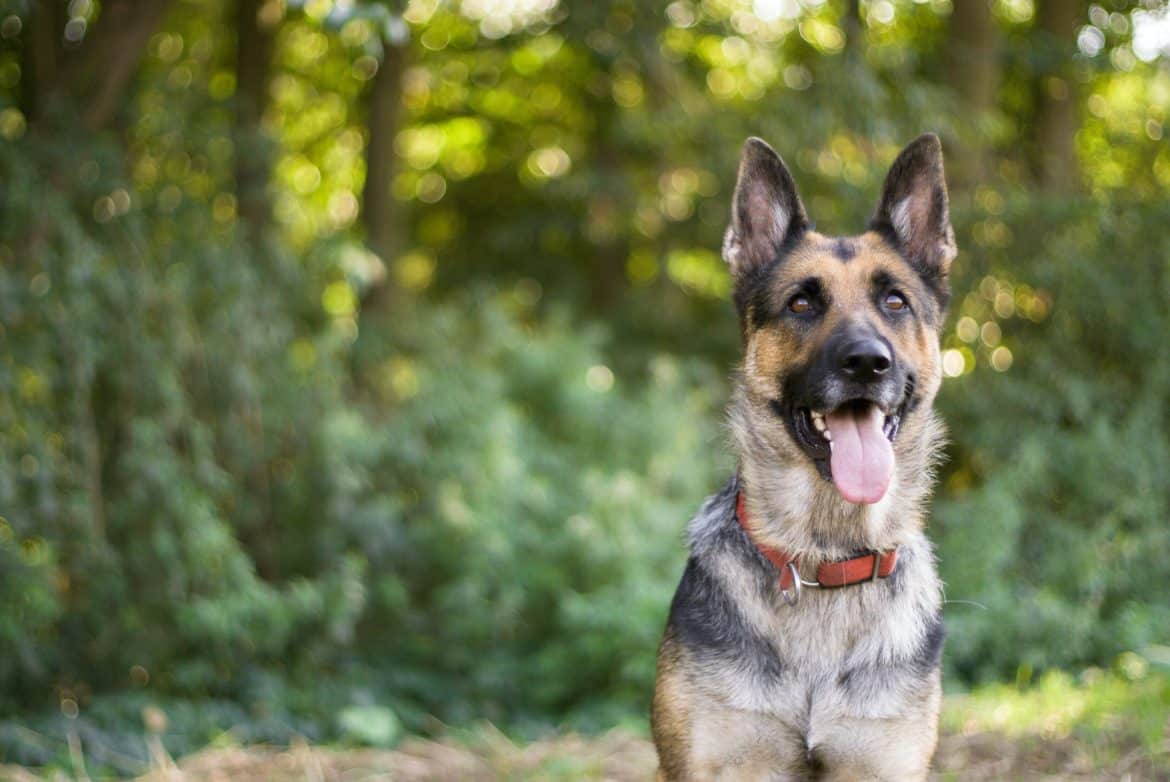Imagine having a well-behaved, obedient furry friend who eagerly responds to your commands with a wagging tail. With clicker training, this dream can become a reality. In this article, we will explore the principles and practices of clicker training for dogs, an effective and positive reinforcement technique that enhances communication and strengthens the bond between you and your canine companion. Through a series of clicks and treats, you can teach your dog new commands and behaviors, creating a harmonious and joyful living environment for both of you. Discover the power of clicker training and unlock your dog's true potential.
The Principles of Clicker Training for Dogs

This image is property of images.unsplash.com.
Understanding Clicker Training
Clicker training is a positive reinforcement training method that uses a click sound to mark desired behaviors in dogs. It is based on the principles of operant conditioning - the idea that behaviors that are rewarded are more likely to be repeated. The clicker acts as a marker signal, indicating to the dog that they have performed the desired behavior correctly. Through consistent and clear communication, clicker training allows dogs to learn and understand what is expected of them in a fun and interactive way.
The Science behind Clicker Training
Clicker training is grounded in the science of behaviorism and associative learning. When a clicker sound is paired with a reward such as a treat, the dog begins to associate the sound with the positive outcome. This forms a conditioned response, where the clicker becomes a predictor of a reward. The click sound becomes a powerful tool in shaping and reinforcing desired behaviors, as it provides an immediate and precise signal to the dog that they have done something right. By understanding the basic principles of how dogs learn, clicker training allows us to effectively teach them new behaviors and modify existing ones.

This image is property of images.unsplash.com.
Benefits of Clicker Training
Clicker training offers numerous benefits for both dogs and their owners. Firstly, it strengthens the bond between the dog and the trainer, as positive reinforcement creates a trusting and cooperative relationship. Additionally, clicker training is a force-free and gentle method that does not involve any punishment or aversive techniques, making it suitable for all dogs, including those that may be sensitive or fearful. It also allows for clear and precise communication, enabling dogs to learn complex behaviors and tricks. Furthermore, clicker training stimulates the dog mentally, providing mental enrichment and reducing boredom. Overall, clicker training promotes effective, enjoyable, and humane training experiences for both dogs and their owners.
Getting Started with Clicker Training
To begin clicker training, you will need a clicker and a supply of small, tasty treats that your dog enjoys. Start by introducing the clicker as a positive association to your dog. Each time you press the clicker, immediately follow it with a treat. Repeat this process several times to establish the connection between the click sound and the impending reward. Once your dog starts to associate the clicker with something positive, you can start using it to mark desired behaviors.

This image is property of images.unsplash.com.
Clicker Training Equipment
The essential equipment needed for clicker training is a clicker and treats. Clickers come in various shapes and sizes, so choose one that feels comfortable in your hand and produces a distinct and consistent sound. Treats should be small, easily consumable, and highly tempting for your dog. It is important to use high-value treats that your dog finds irresistible, as they will serve as a powerful motivator during training sessions. Keep in mind that the clicker and treats should be used exclusively for training purposes to maintain their significance and effectiveness.
Creating a Positive Learning Environment
A positive learning environment is crucial for successful clicker training. Ensure that training sessions are conducted in a quiet and distraction-free area to maximize your dog's focus and concentration. Use positive reinforcement techniques, such as praise, treats, and play, to motivate and reward your dog for their efforts. Keep training sessions short and frequent, as dogs have a limited attention span. Always end each session on a positive note to leave your dog feeling accomplished and eager for the next training session.

Basic Clicker Training Techniques
The foundation of clicker training involves teaching your dog basic behaviors such as sit, stay, and come. Start by luring your dog into the desired position, such as sitting, and as soon as their bottom touches the ground, click the clicker and reward them with a treat. Repeat this process several times until your dog starts to associate the click with the action of sitting. Gradually phase out the lure, but continue to click and reward whenever your dog performs the behavior correctly. It is important to be consistent and patient during training, breaking down each behavior into small achievable steps to help your dog learn and succeed.
Advanced Clicker Training Techniques
Once your dog has mastered the basics, you can move on to more advanced clicker training techniques. This can include teaching tricks, such as rolling over, playing dead, or fetching specific objects. Advanced clicker training involves breaking down each trick into smaller components and teaching them one step at a time. Use the clicker to mark each successful attempt and reward your dog accordingly. With practice and patience, your dog can learn complex behaviors and impress your friends and family with their newfound skills.

Using Clicker Training to Address Specific Behaviors
Clicker training can also be used to address specific behavioral issues in dogs. For example, if your dog tends to bark excessively, you can use the clicker to capture moments of quietness and reward them for being calm. This helps to reinforce the desired behavior and redirect their focus away from barking. Similarly, if your dog pulls on the leash during walks, you can click and reward them for walking by your side without pulling. Clicker training allows for precise communication and can be tailored to address a wide range of behavioral problems in a positive and effective manner.
Troubleshooting and Common Challenges in Clicker Training
While clicker training is a highly effective method, there can be challenges along the way. One common challenge is timing the click accurately with the desired behavior. It is important to click the very moment your dog performs the behavior correctly, to ensure proper association between the click and the reward. If you click too early or too late, it can confuse your dog and impede the learning process. Another challenge can be maintaining consistency in training. Training should occur regularly and consistently to reinforce behaviors and prevent regression. Remember to be patient, stay positive, and adjust your training approach as needed to overcome any difficulties that may arise.
In conclusion, clicker training for dogs is a powerful and humane training technique based on positive reinforcement principles. It provides a clear communication channel between trainers and dogs, allowing for effective and enjoyable learning experiences. By understanding the principles, equipment, and techniques associated with clicker training, you can create a positive learning environment and address specific behaviors in a gentle and effective manner. Embrace the principles of clicker training and watch your bond with your furry friend grow stronger as you embark on this exciting journey of training and understanding.



2 comments
[…] socialization or training can contribute to growling behaviors in dogs. When dogs are not exposed to different people, animals, and environments during their critical […]
[…] key principles of potty training revolve around consistency, positive reinforcement, and observation. Consistency involves […]
Comments are closed.